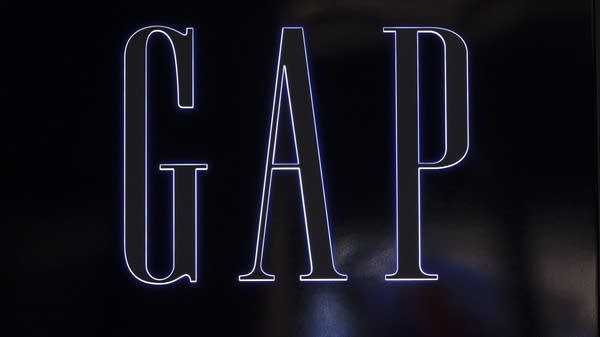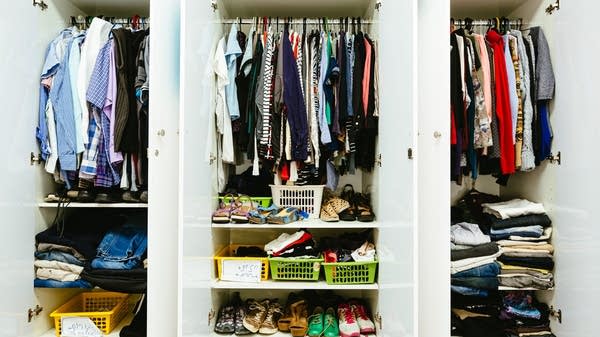One tariff strategy for retailers? Expand in Europe
Pottery Barn is one of many retailers focusing more on business outside the U.S. And it seems to be a strategy to offset the cost of tariffs, and the potential downshift in spending from American consumers.

Pottery Barn recently announced it’s planning on expanding its presence in the UK. It’s one of many retailers that are focusing more on business outside the U.S. And it seems to be a strategy to offset the cost of tariffs and the potential downshift in spending from American consumers.
Brands have been increasingly eyeing markets outside of the U.S. for years. That’s because it’s getting harder to capture the attention of American consumers, said Aaron Cheris at Bain & Company.
“The U.S. market is mature and heavily stored,” said Cheris.
Too many retailers are chasing too few consumers who are quite loyal to their favorite brands. Tariffs have only given companies a reason to double down on diversifying their customer base, said Cheris.
“This has taught everybody that there is a stroke-of-the-pen risk, that someone can take power in the U.S. and dramatically change the economic conditions,” he said.
Expansion, or redirection, is not a strategy for every company, though, especially those that manufacture or assemble goods here in America, said Jean-Pierre Dubé, a marketing professor at the University of Chicago.
“I mean this idea that I can avoid tariffs by expanding elsewhere starts with the premise that that other place that I’m going to invest is in no way exposed to tariffs,” said Dubé.
As in reciprocal tariffs that have been placed on American goods in the trade war. It’s why industries with supply chains primarily abroad are best positioned to sell abroad.
“Apparel would certainly be one of them,” said Dubé.
Most mass market clothing is made in Asia, and upscale brands in Europe.
But Natalie Kotlyar at BDO said it’s not as easy as just rerouting stuff bound for one country to another.
“Everything has its nuances. If you go to skincare, for example,” said Kotlyar.
Different governments have different regulations on ingredients.
“Electronics obviously there’s the voltage difference,” said Kotlyar.
The plugs in Europe are different from the plugs in the U.S.
And the biggest difference of all might be cultural: style and taste.
“What may sell in the U.S. will not automatically sell in the UK or in Asia or in South America,” said Kotlyar.
It’s why Kotlyar says many American brands’ first international stop is just across the border in Canada.













